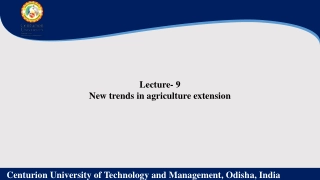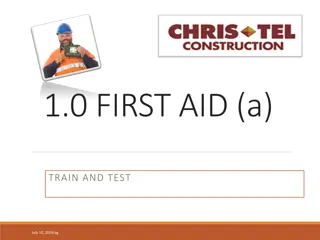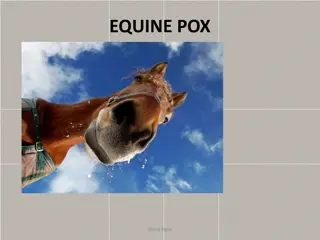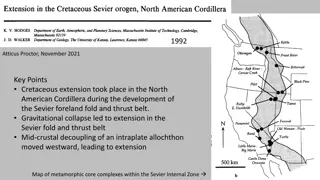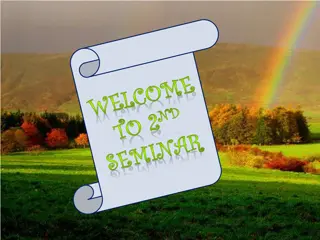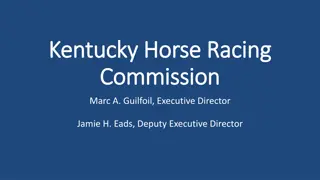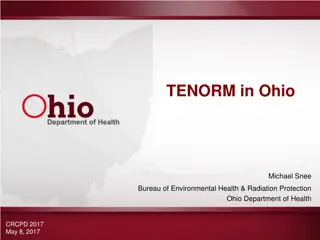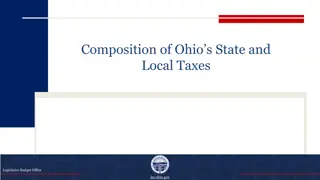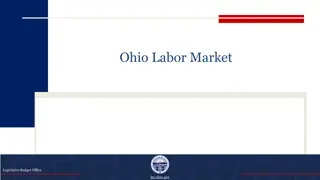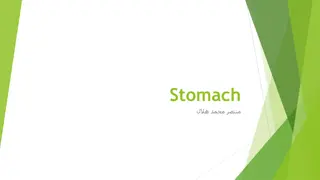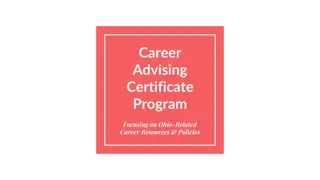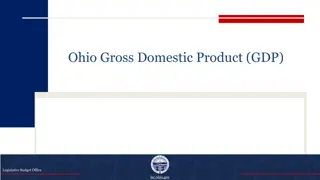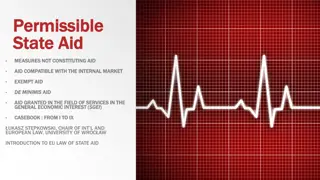Equine First Aid Essentials: Ohio State University Extension Guide
Ohio State University Extension provides a comprehensive guide on equine first aid, covering topics such as injury prevention, vital signs, emergency procedures, common problems like colic and wounds, and colic prevention measures. The guide emphasizes the importance of knowing your horse, contacting a veterinarian, and being prepared with a first aid kit.
Download Presentation

Please find below an Image/Link to download the presentation.
The content on the website is provided AS IS for your information and personal use only. It may not be sold, licensed, or shared on other websites without obtaining consent from the author.If you encounter any issues during the download, it is possible that the publisher has removed the file from their server.
You are allowed to download the files provided on this website for personal or commercial use, subject to the condition that they are used lawfully. All files are the property of their respective owners.
The content on the website is provided AS IS for your information and personal use only. It may not be sold, licensed, or shared on other websites without obtaining consent from the author.
E N D
Presentation Transcript
OHIO STATE UNIVERSITY EXTENSION Equine First Aid Timothy McDermott DVM Ag/NR Hocking Co.
OHIO STATE UNIVERSITY EXTENSION First things first Do Not Get Injured Any animal can act differently when injured or scared Restraint? Other person ideally Veterinarian Contact Information Post in barn, stall, on phone. Reliable Trailer Two is better than one. What time available? First Aid Kit For barn and for travel Practice First Know TPR and normals, post in barn, on phone 2
OHIO STATE UNIVERSITY EXTENSION Vital Signs: Temperature normal = 100F (99-100.5F) Call if > 102 Heart Rate normal = 30-40 beats per minute (bpm) Call if > 50 bpm Respiratory rate normal = 8-16 breaths per minute Mucus membranes/Capillary refill time Moist and pink, refill in < 2 seconds Appetite and Manure production Gut sounds if you feel confident What is normal for your horse? Practice first so you know your horse! 3
OHIO STATE UNIVERSITY EXTENSION Horse Owner Survival: Emergency First Aid - YouTube 4
OHIO STATE UNIVERSITY EXTENSION Problem List Colic Wounds. Eyes Lameness Choke Respiratory 5
OHIO STATE UNIVERSITY EXTENSION Colic Not a disease, this is Abdominal Pain. Take away the feed/water, try to keep them calm Call the Vet, give them the Vital Signs Heart rate, RR, Temp., MM/CRT, Gut sounds Attitude, Stool production, prior history Make a plan, ask before you give Banamine Monitor closely for changes. Walk your horse? Maybe. 6
OHIO STATE UNIVERSITY EXTENSION Colic - Prevention Provide fresh, clean water at all times. Nutrition: Pasture is best Less pelleted hay and grain Veterinary Care: Internal parasite control Dental care is important Prior colic history? Watch closely after changes Changes in diet Changes in exercise Changes in stabling 7
OHIO STATE UNIVERSITY EXTENSION Signs of Colic Pawing Looking at, kicking or biting the abdomen Stretching out as if to urinate Repeatedly lying down and getting up Rolling Sitting in a dog-like position or lying on the back Not eating or drinking Lack of bowel movements Absent or reduced digestive sounds Elevated respiration or heart rate Sweating Depression Lip curling (Flehman response) Credit to UMN Extension for this list 8
OHIO STATE UNIVERSITY EXTENSION A word about Banamine NSAID http://www.allivet.com/images/product/large/452.jpg Can mask signs Affects Kidneys, Liver, GI tract Muscle infections Consult your Vet before you use it. Time, dose, route records 9
OHIO STATE UNIVERSITY EXTENSION Lacerations Still bleeding? Hold pressure over wound until stops Tetanus? Needs to be up to date, may need immediate booster Temperament of horse? Near joint or tendon? 10
OHIO STATE UNIVERSITY EXTENSION First Aid Kit: (Home and Travel) (Credit: Minnesota Extension) Vet's phone number Regional map Stethoscope Thermometer Scissors Flashlight and batteries Unbreakable bowl Latex gloves Bandaging material (telfa pads, gauze, cotton sheet or roll, vetwrap, elasticon, tape, duct tape - best if inner layers are sterile) Antiseptic scrub and solution (i.e. betadine) Sterile saline Hemostats Pliers (for pulling nails) Splint material (i.e. 6" PVC split in half lengthwise) Eye ointment Diapers or other absorbent pads Clean syringe (20cc or larger without needle) 11
OHIO STATE UNIVERSITY EXTENSION Eye Wounds Call your Veterinarian I do not wait on eye wounds. Stay with the horse to keep it from self traumatizing. Indoors, away from bright lights 12
OHIO STATE UNIVERSITY EXTENSION Lameness Hoof Abscess is most common cause. Will horse let you check its feet? Confine horse Other common causes: Founder Tendon injuries Fractures 13
OHIO STATE UNIVERSITY EXTENSION A word about Bute Inexpensive, very effective for pain and inflammation COX inhibitor, NSAID Renal and Gastrointestinal side effects Also can interact with other drugs Increased risk in very old or very young Increased risk long course, high doses Consult your Vet before you use it. Record dose, time and route http://www.allivet.com/images/product/large/3416.jpg For barn and for travel 14
OHIO STATE UNIVERSITY EXTENSION Choke Humans trachea, Horses Esophagus Eat too fast Older horses, poor teeth Pelleted feed expands too fast DX: anxious, trying to swallow, gagging, feed/H20 from nose Get the horse in a stall, try to both be calm, Call the Vet. Keep from food and water, keep head down until Vet arrives May predispose to future chokes if stricture. 15
OHIO STATE UNIVERSITY EXTENSION Respiratory Upper vs Lower airway Gradual onset vs. Acute Wheezing, Coughing, Gasping Where did this occur? Indoors allergic, heaves Outdoors trauma, allergic 16
OHIO STATE UNIVERSITY EXTENSION Links to the information presented will be added to the website Talking Hocking http://u.osu.edu/mcdermott.15/ Contact me at: Mcdermott.15@osu.edu http://hocking.osu.edu/ 17


